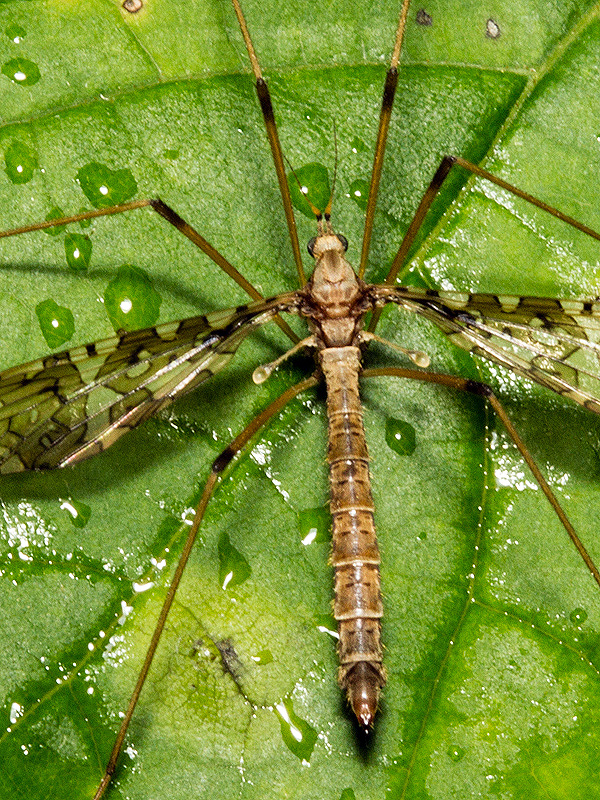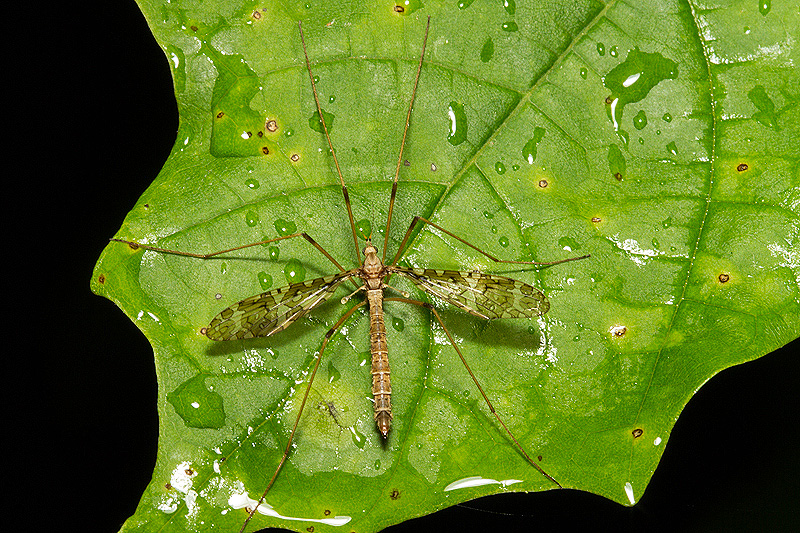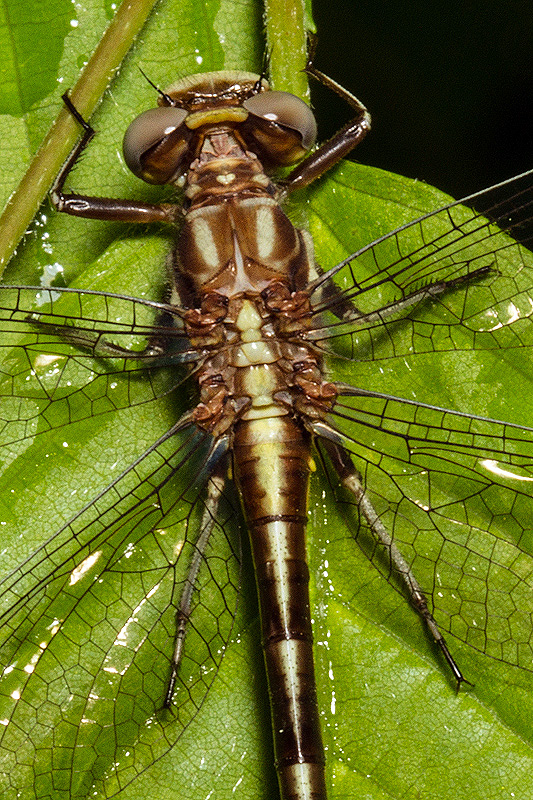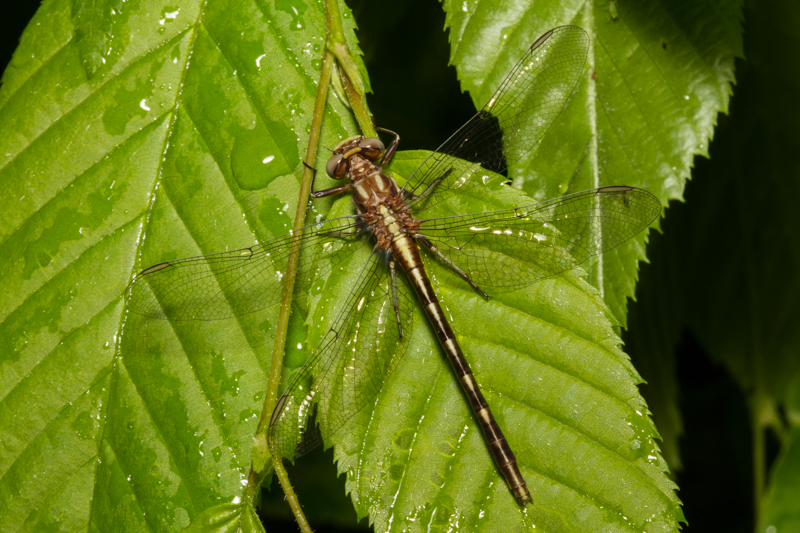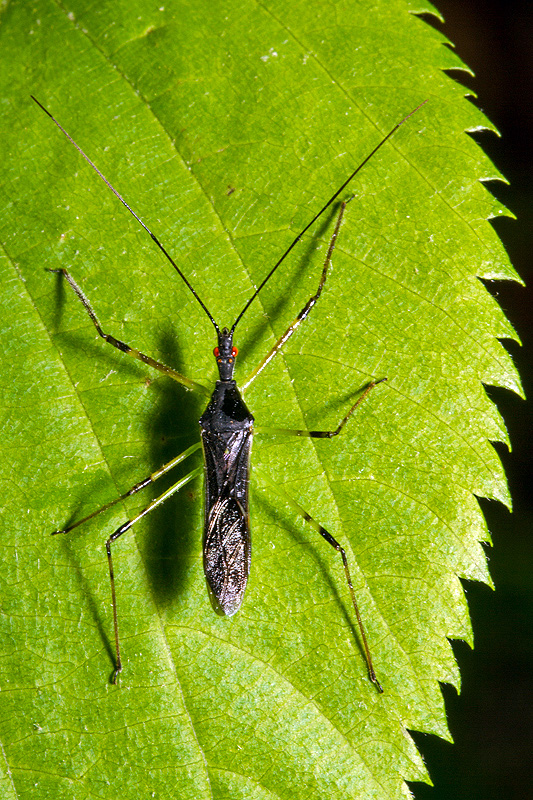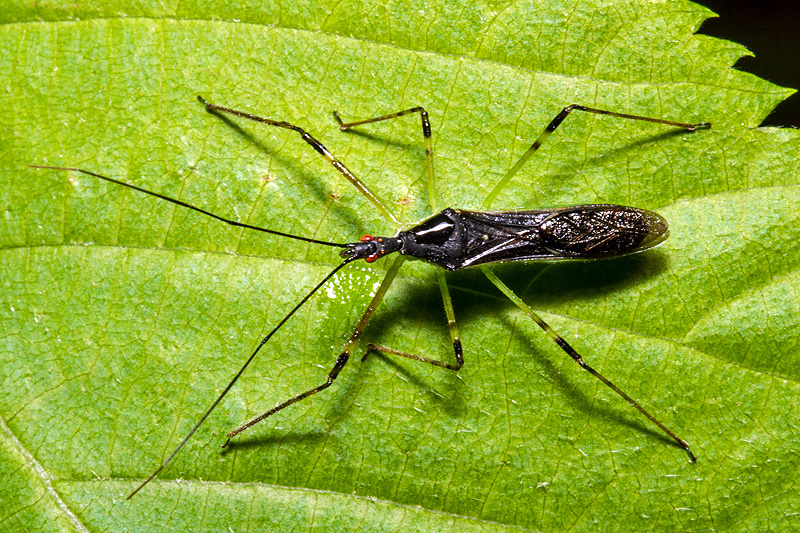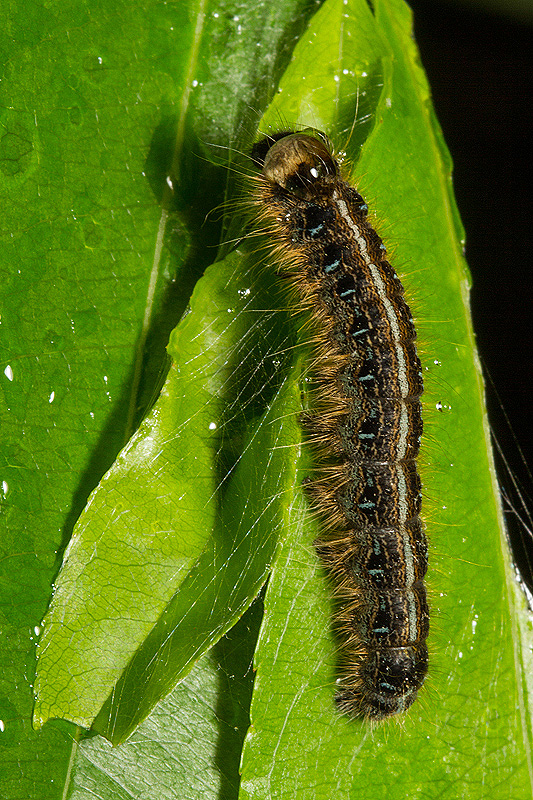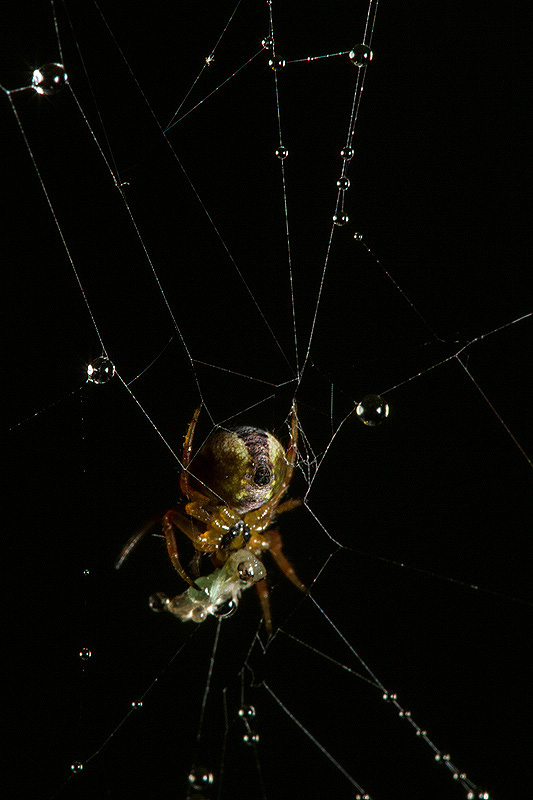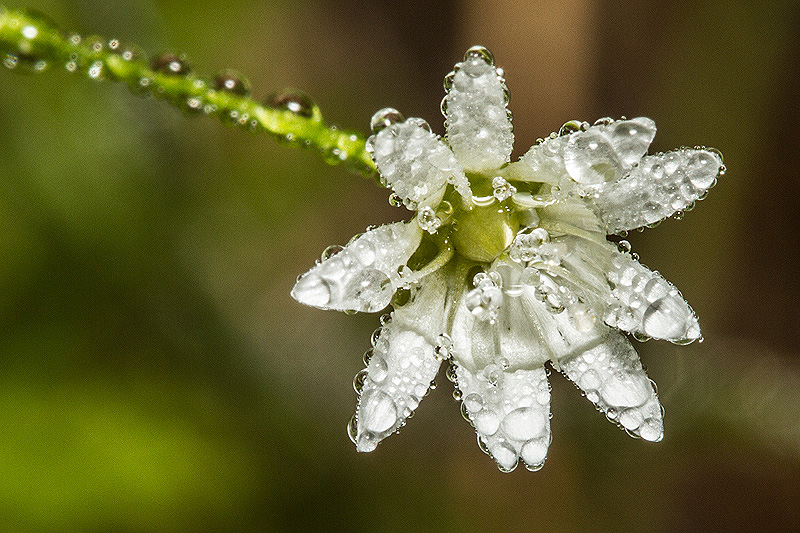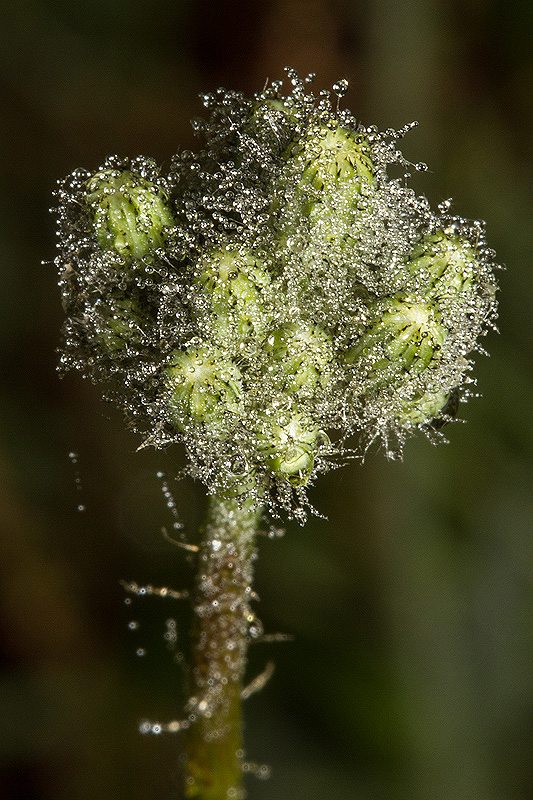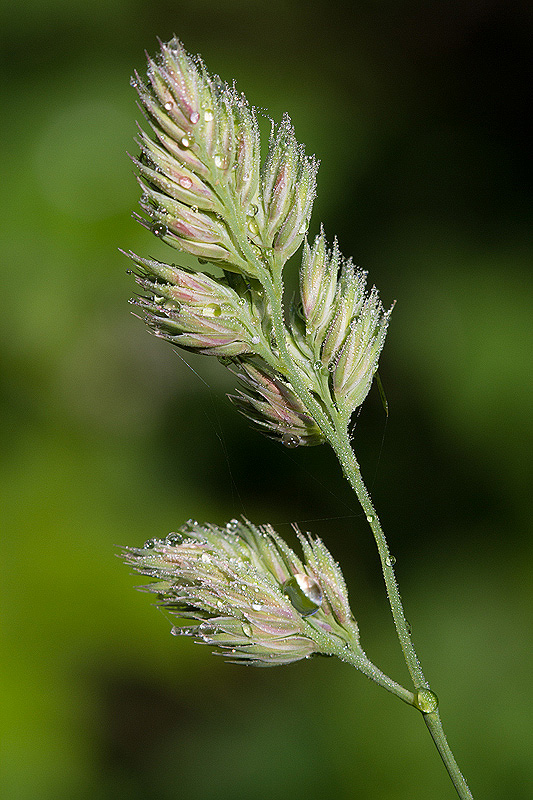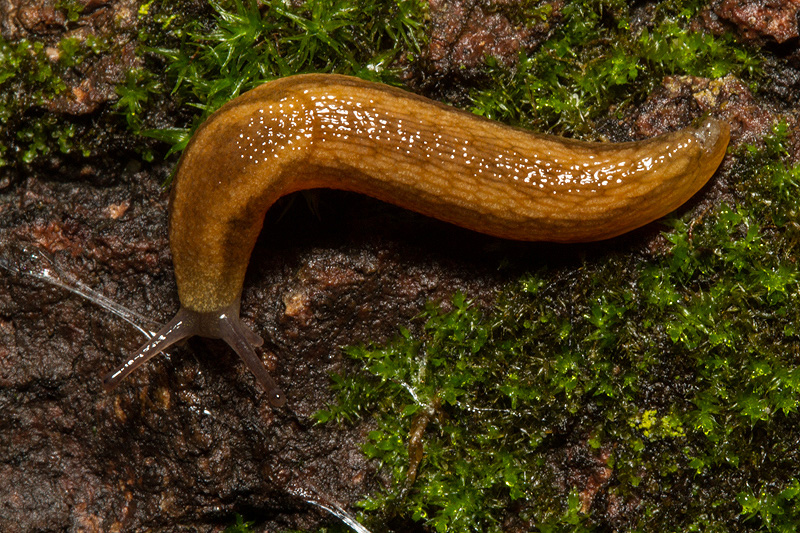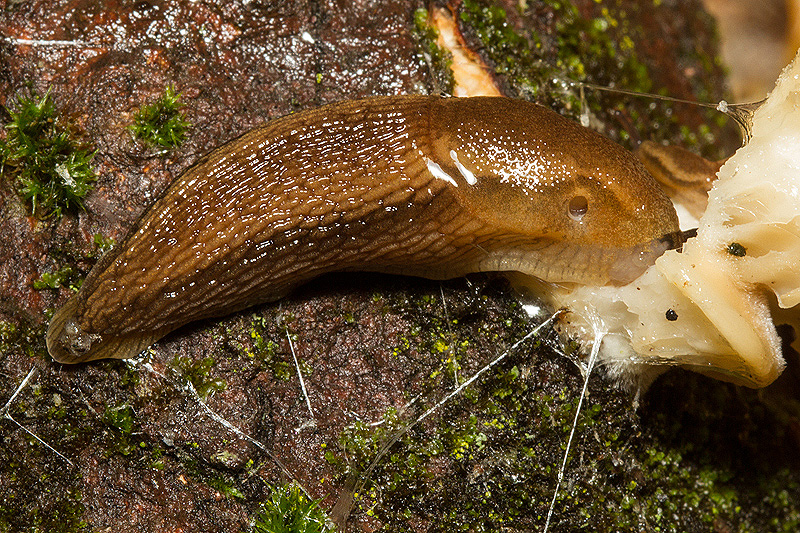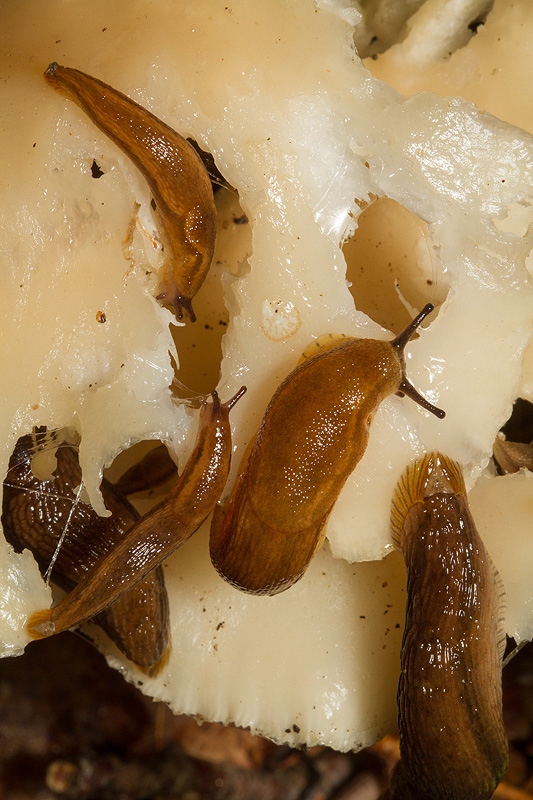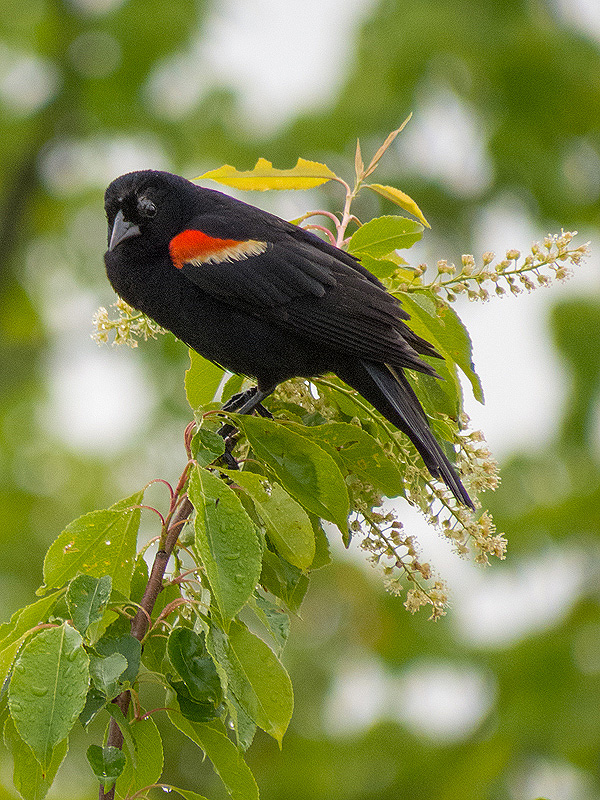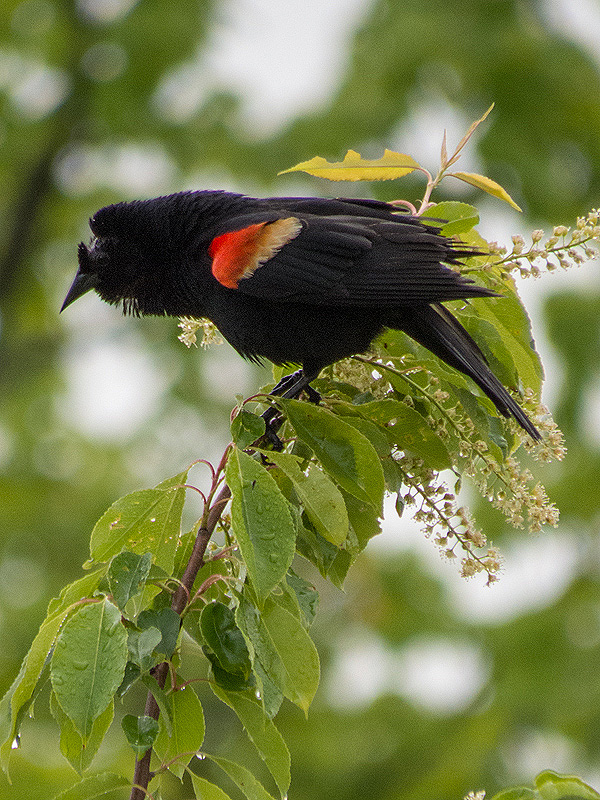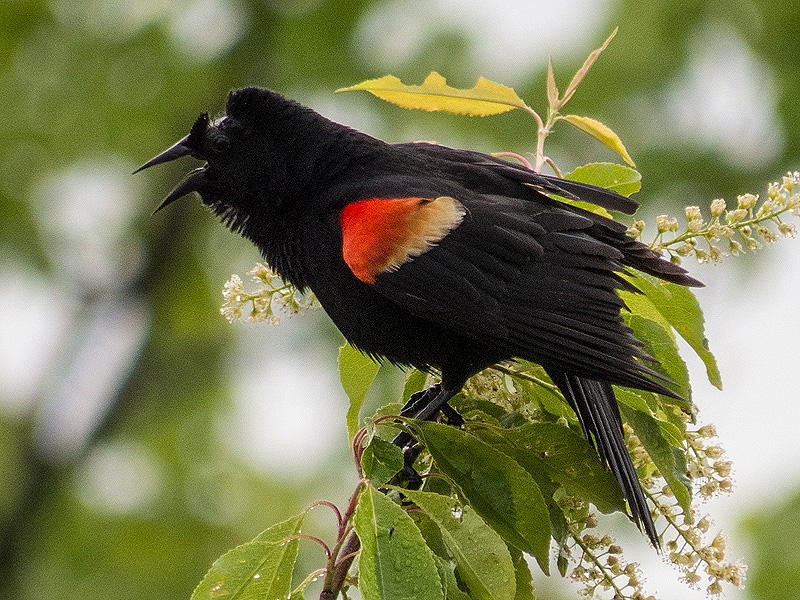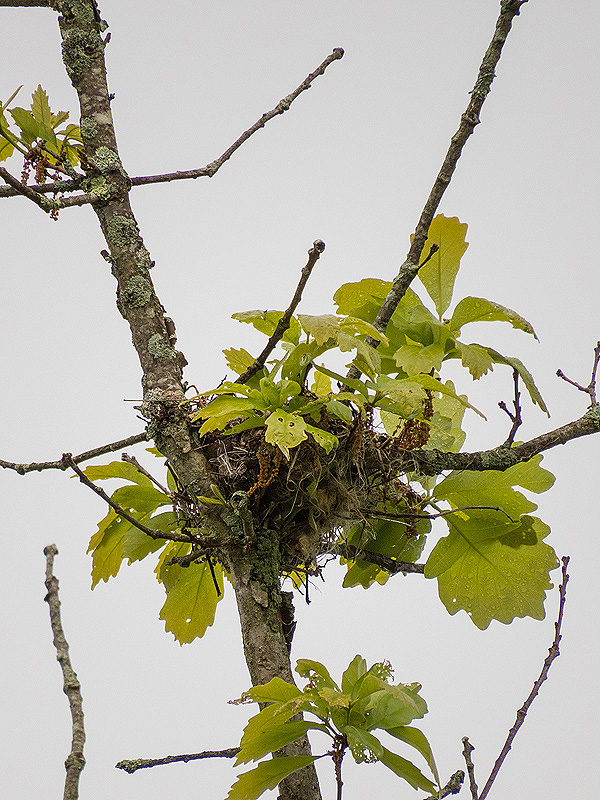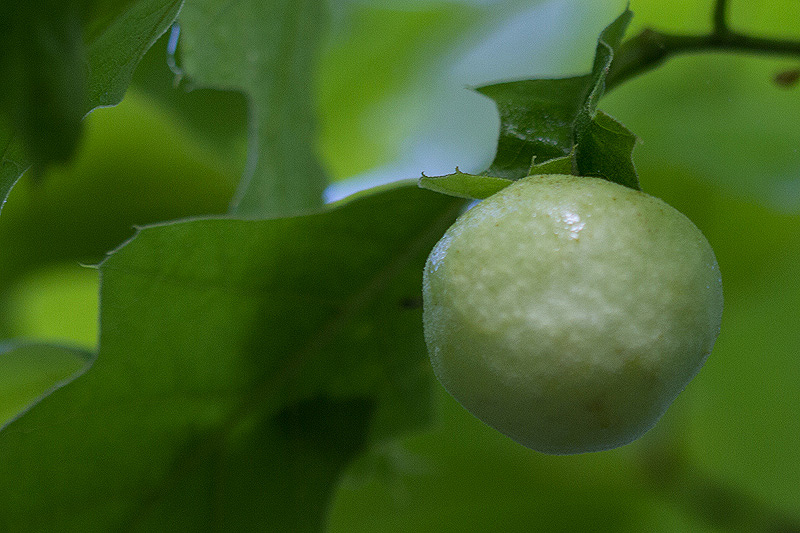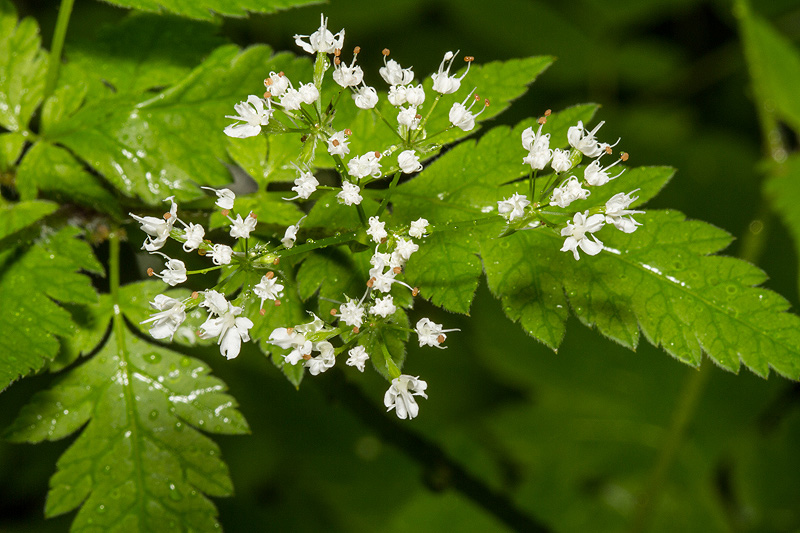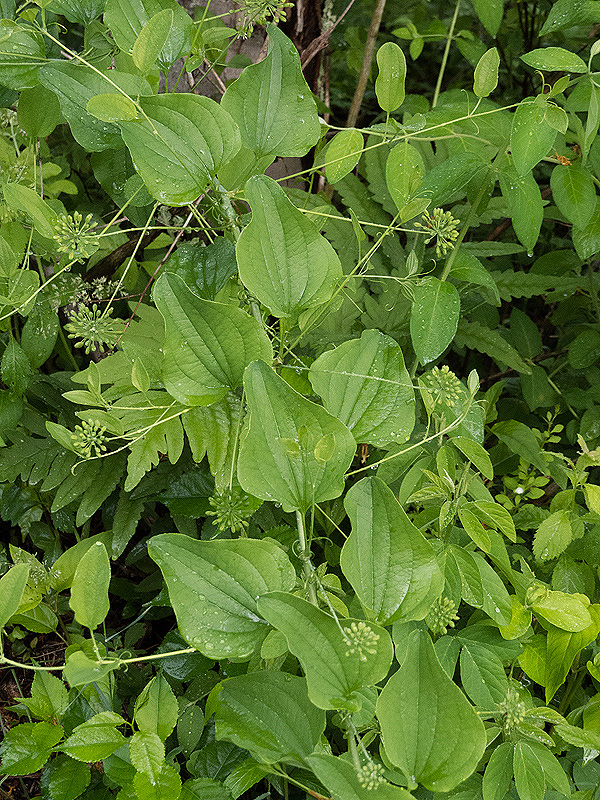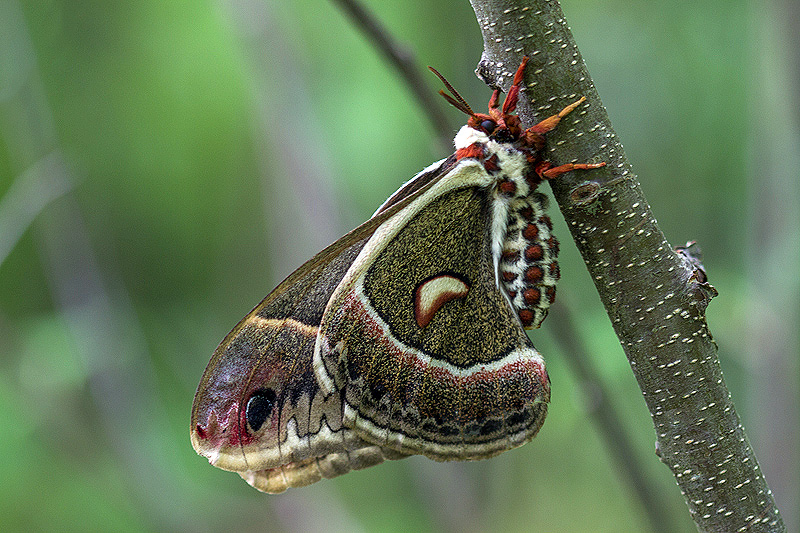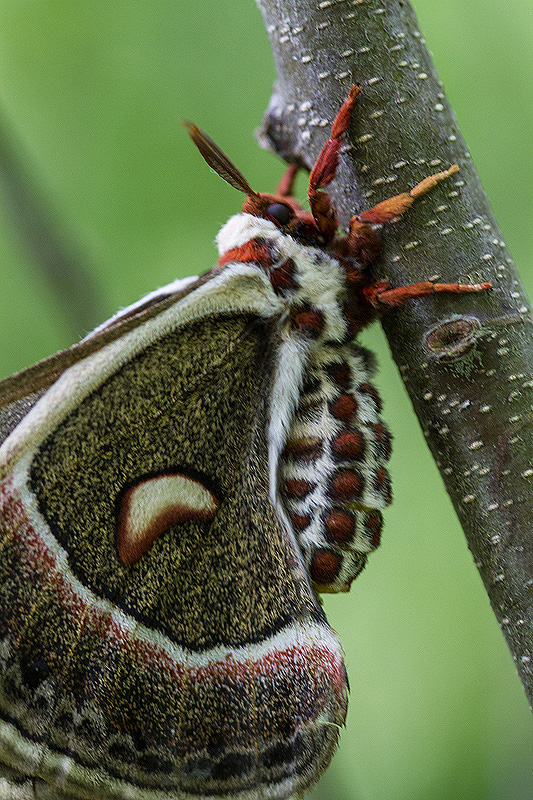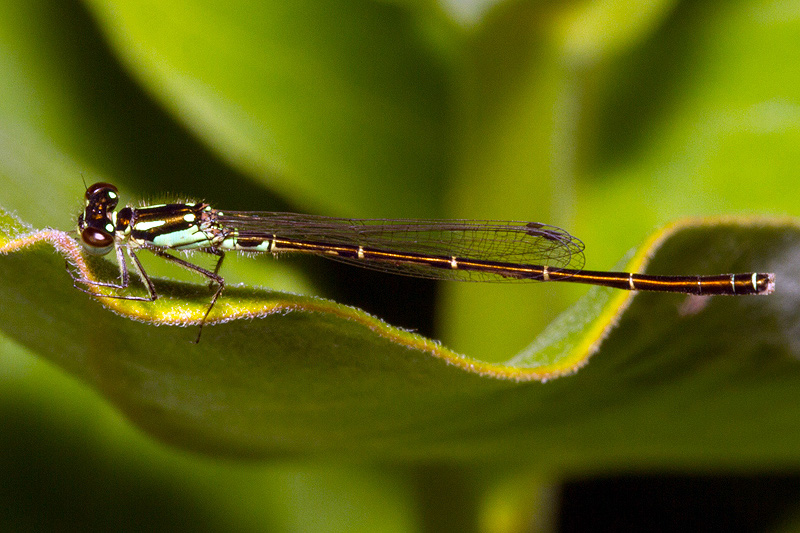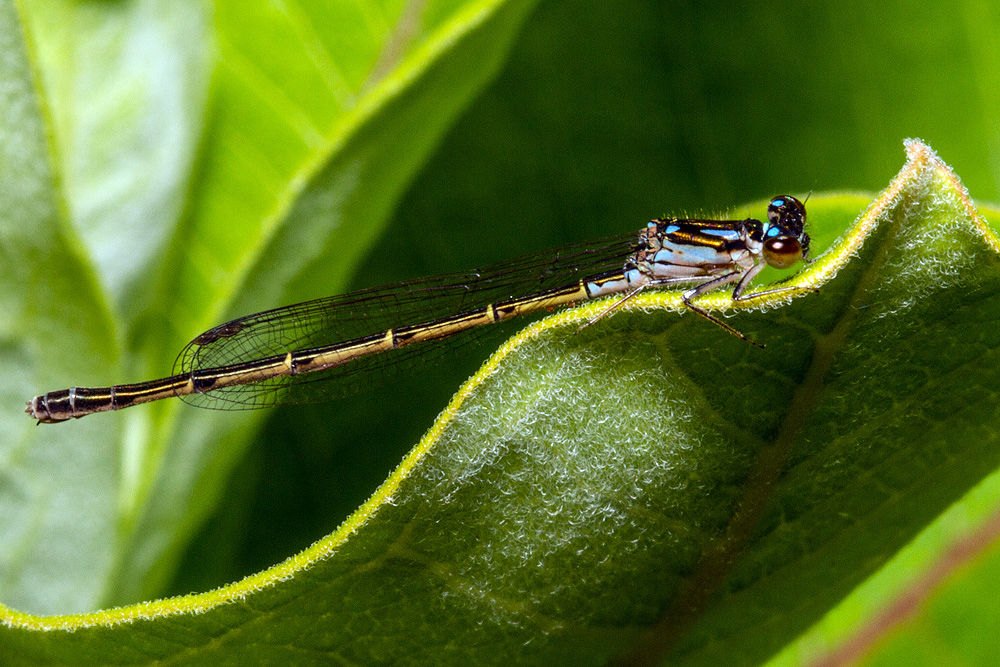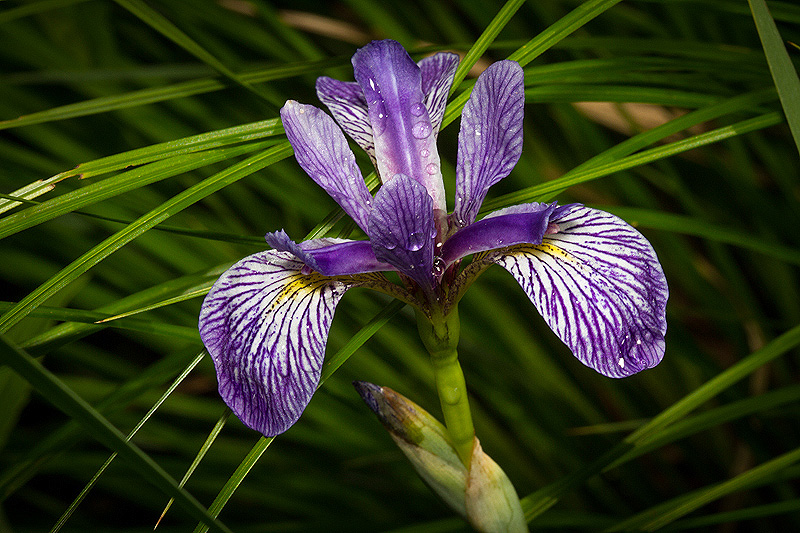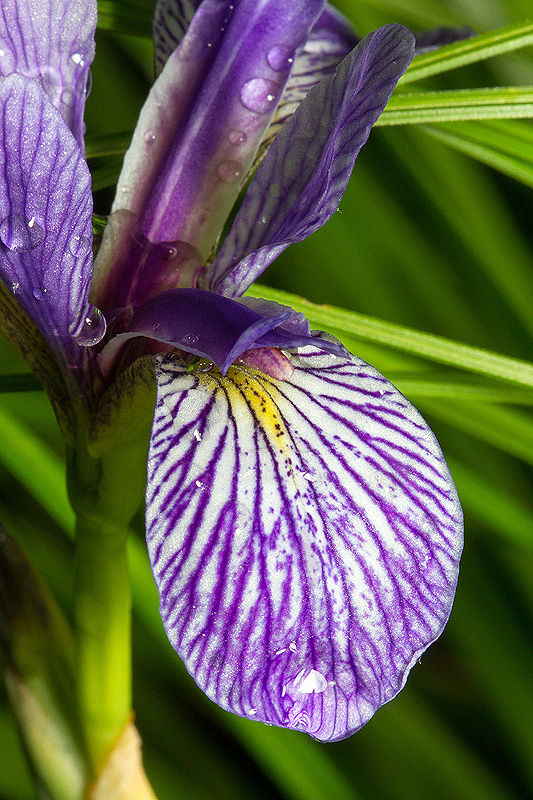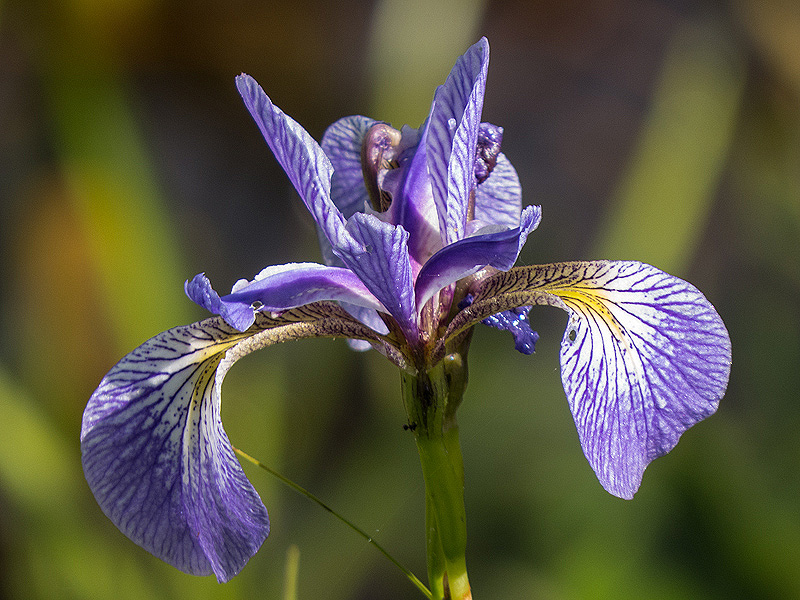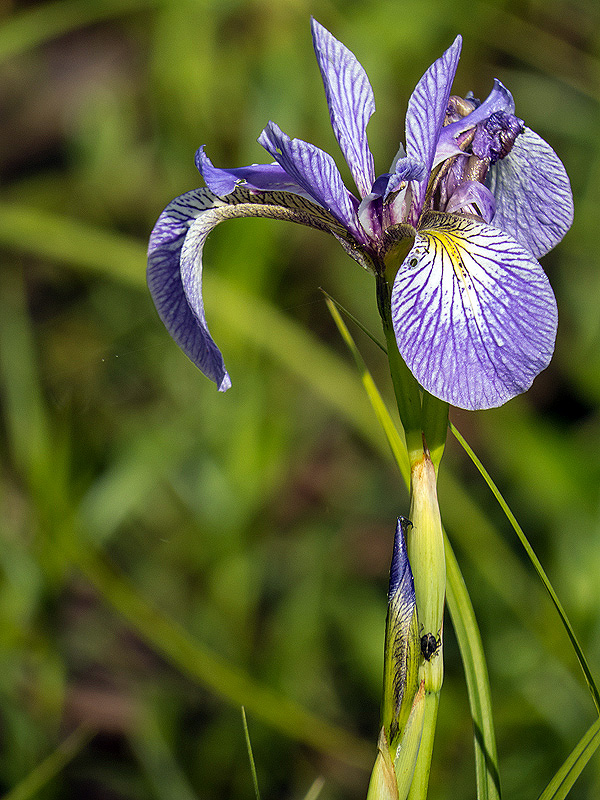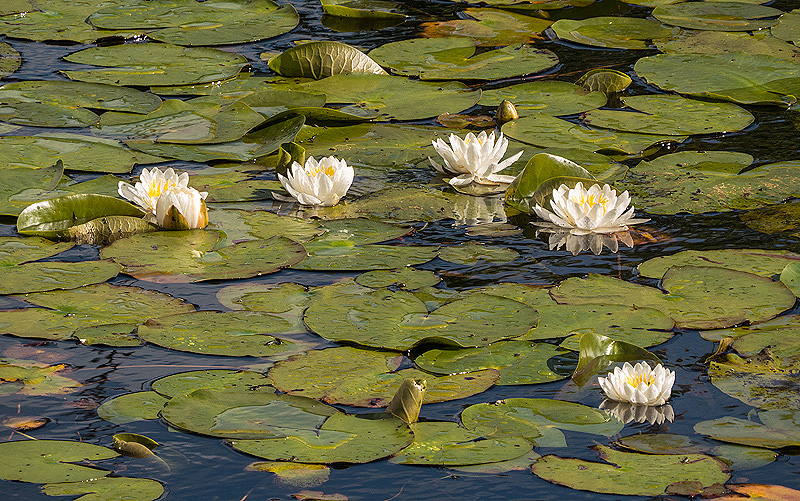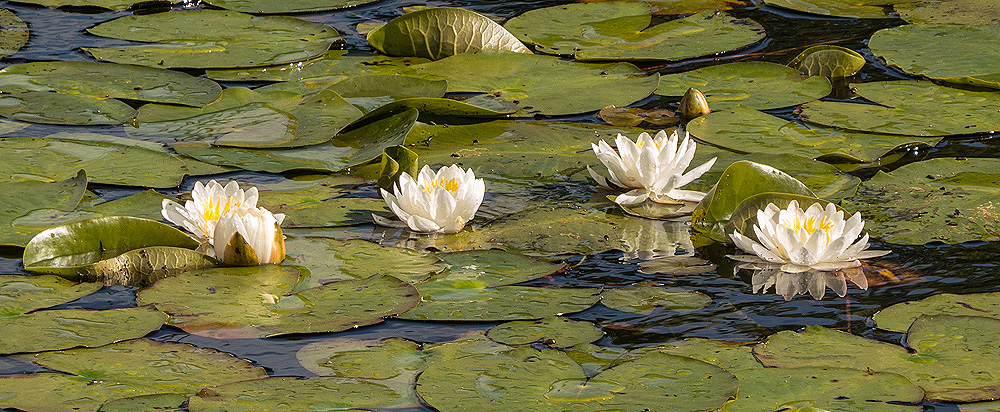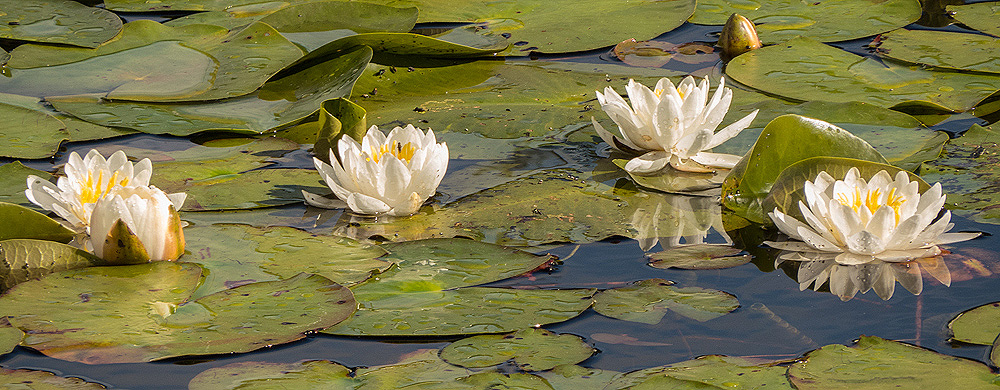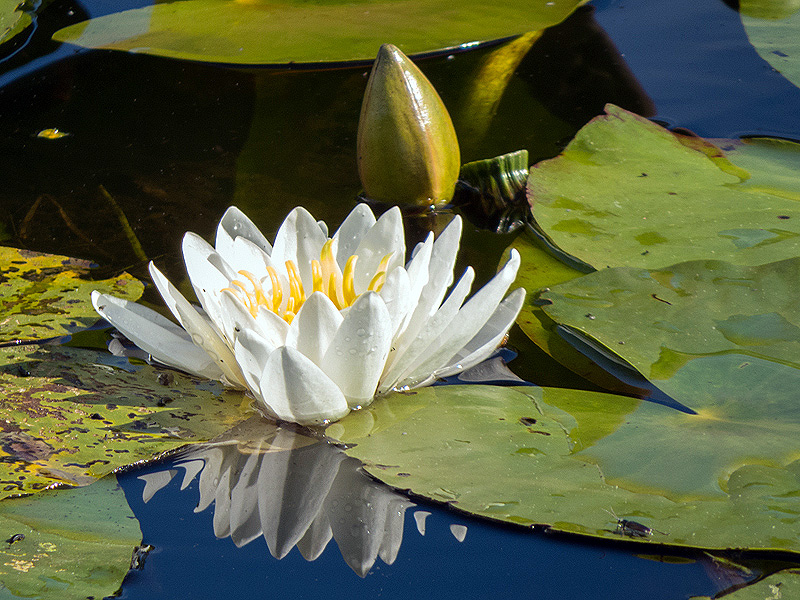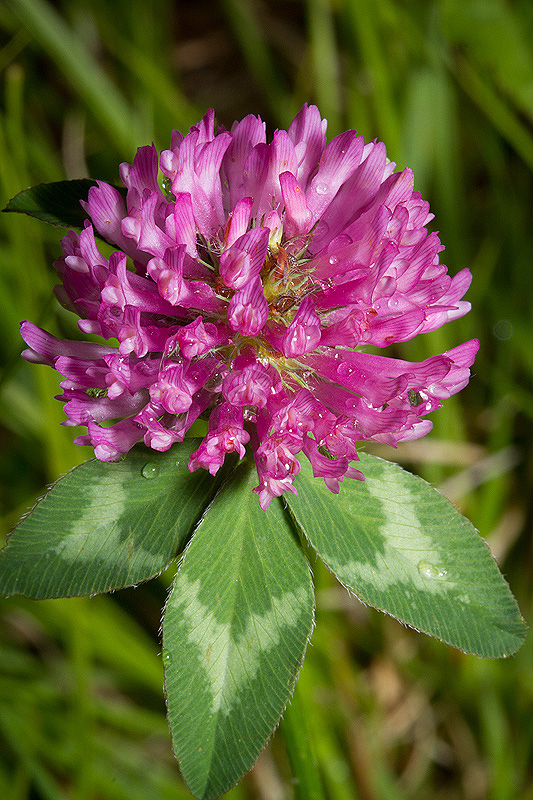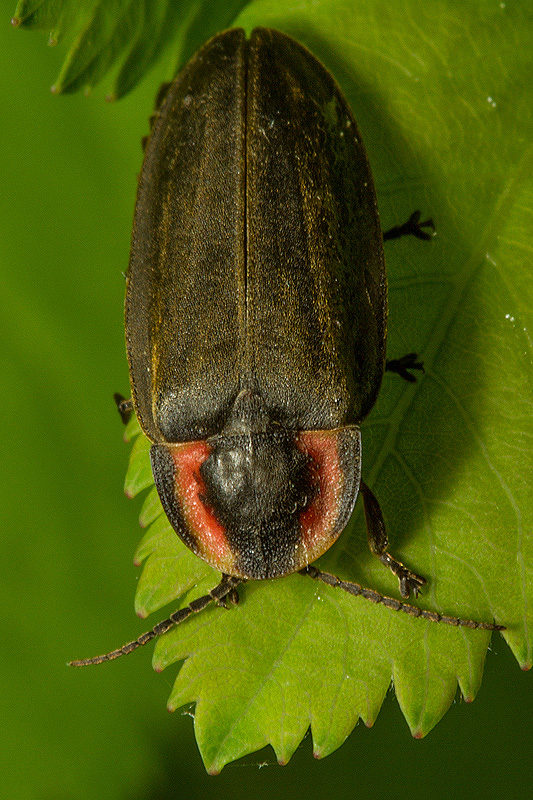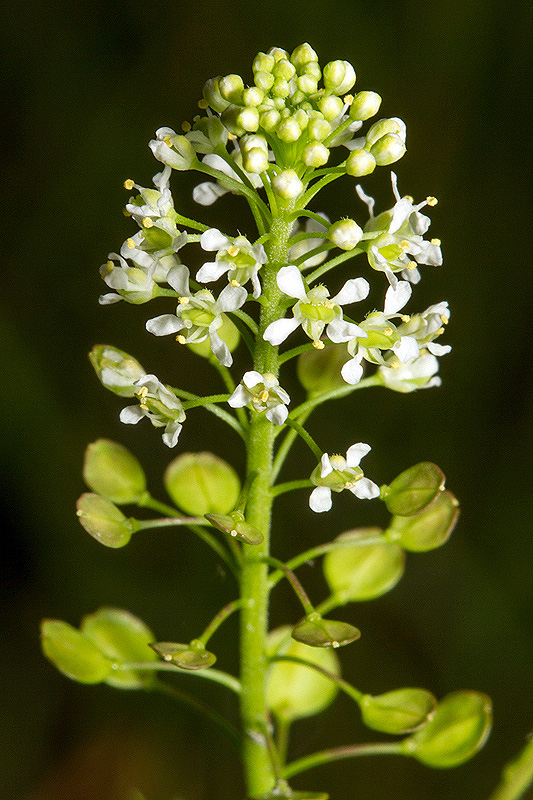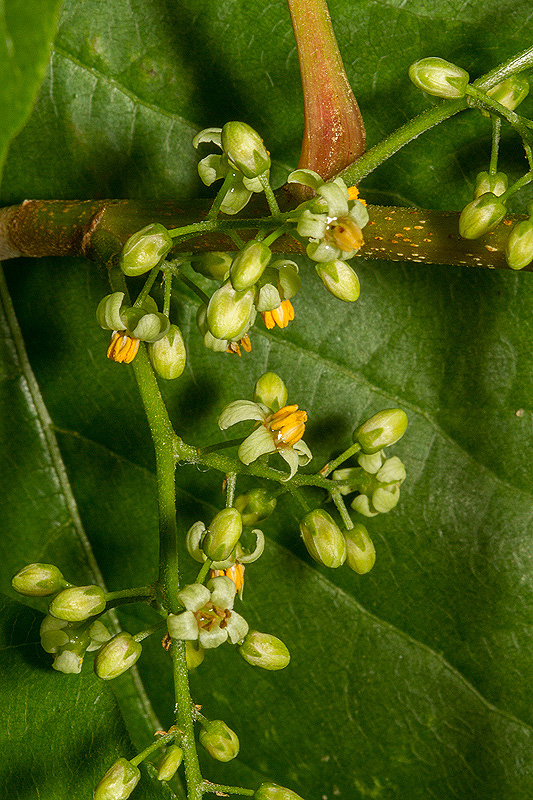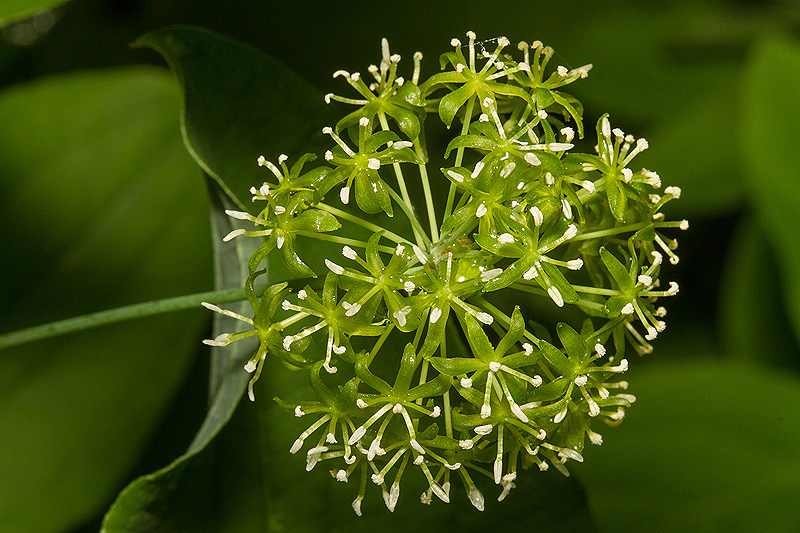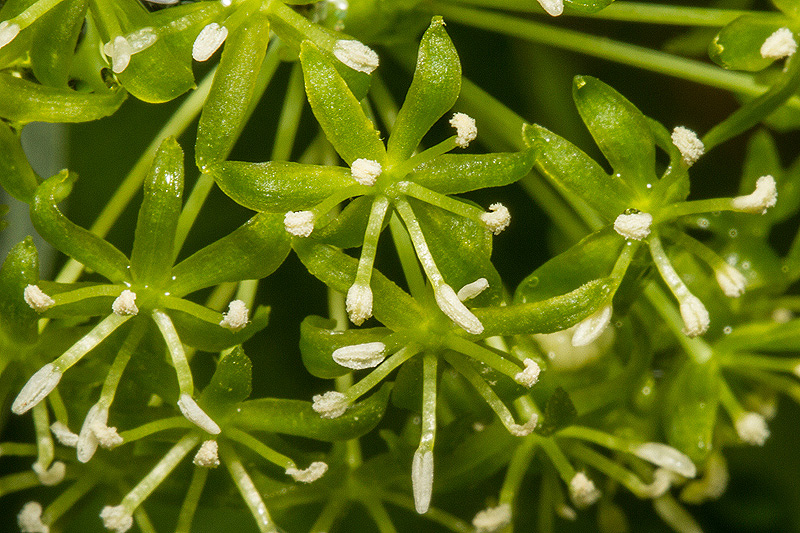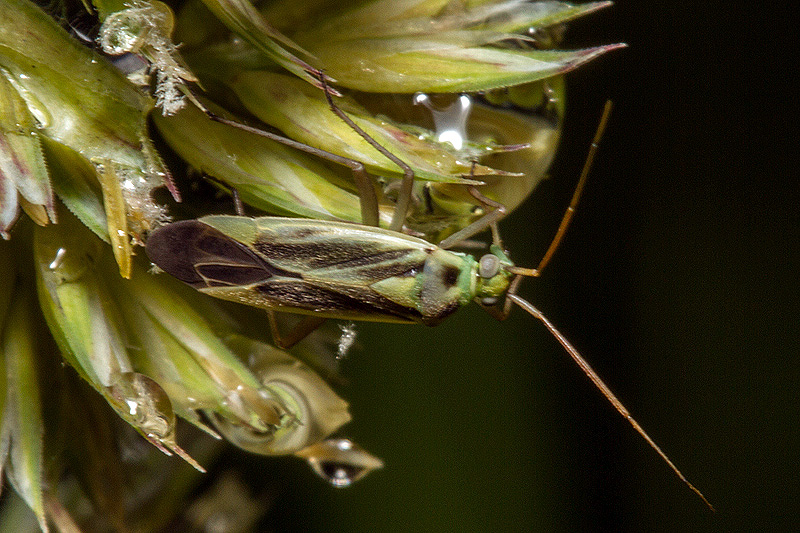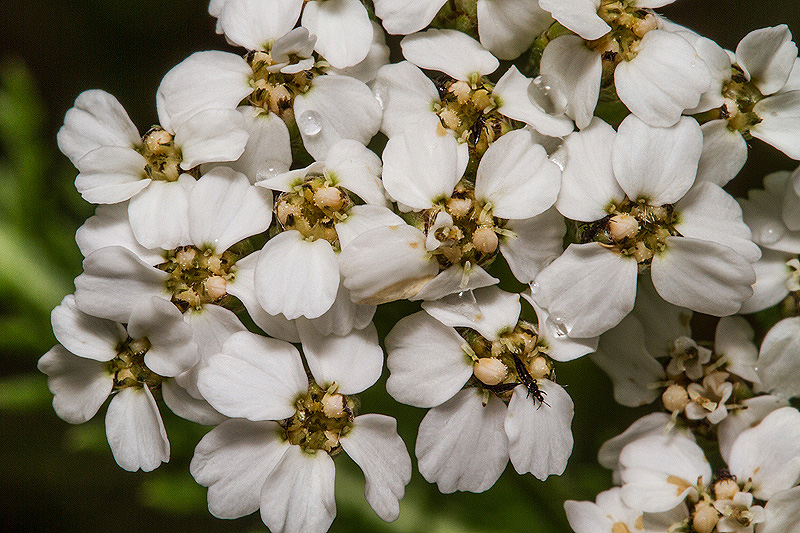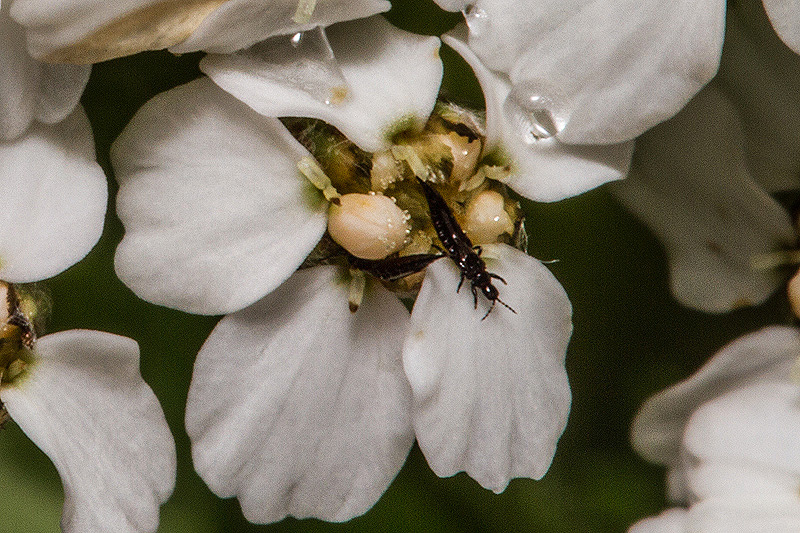Along the Air Line... 2014 - Spring, Part 7 The Air Line Trail in Eastern Connecticut - Stan Malcolm Photos |
mHome Page Stan's FlickR Albums |
May 31st. After last night's rain, a number of insects were resting while they dried out. This is a Band-winged Crane Fly (Epiphragma fasciapenne). |
Family Limoniidae (formerly a subfamily of Tipulidae). |
A Dragonfly, possibly a female Clubtail (Gomphus sp.). |
|
An Assasin Bug (probably Zelus luridus). |
Glands on the front tibiae (roughly the shins of humans) exude a sticky substance onto fine hairs. This arrangement is used to trap prey, much like the sticky hairs of sundews. |
The Eastern Tent Caterpillars (Malacosoma americana) are nearly mature - and will stop eating cherry. |
Misc spider with what might have been a caterpillar. |
Lesser Stitchwort (Stellaria graminea). |
Hawkweed (Hieracium sp.) is in bud. |
(Sorry, I don't know the grasses well at all.) |
A common garden slug (Class Gastropoda). |
Lots of them devouring fungi. |
|
Red-winged Blackbird (Agelaius phoeniceus) on cherry... but this one is a bit different. |
A bald channel across the top of its head. |
Perhaps the result of a fight? |
The Eastern Kingbird nest is mostly obscured by leaves. |
Oak "Apple" Galls are caused by a tiny cynipid wasp (Amphibolips quercusspongifica). The mature, dry galls were used to produce ink from the 5th to through the 19th century in Europe. See: http://en.wikipedia.org/wiki/Iron_gall_ink |
Sweet Cicely (Osmorhiza claytoni). Easily overlooked; the flowers are tiny. |
Carrion-flower (Smilax herbacea) is in bud. |
June 5th. An afternoon walk after a night and morning of rain. A female Cecropia Moth (Hyalophora cecropia), our largest native silk moth. |
I reared this moth from the egg stage last year and today placed it along the trail in hopes that it will attract a mate. (I've found wild cocoons nearby in past years.) Optical Illusion: watch the moth's abdomen as you scroll the image up and down slightly. Does it seem to roll? |
A male Fragile Forktail damselfly (Ischnura posita). |
|
Nearby, I found a female Fragile Forktail. |
Lots of Large Blue Flag Iris (Iris versicolor) this year. |
|
|
|
White Fragrant Water-lilies (Nymphaea odorata) have started to bloom. |
|
|
|
|
|
Red Clover (Trifolium praetense). |
A species of Lightning Bug or Firefly (in the beetle family Lampyridae) that lacks light organs. Instead, males find mates by scent. This is a female; males have larger, broader antennae. |
Peppergrass (Lepidium virginicum). |
Poison Ivy (Toxicodendron radicans) is in bloom. |
Carrion-flower (Smilax herbacea) is in bloom. |
|
A Mirid Plant Bug (Family Miridae). |
Yarrow (Achillea millifolium) is also blooming... |
...and hosting a number of Thrips (Order Thysanoptera). |
